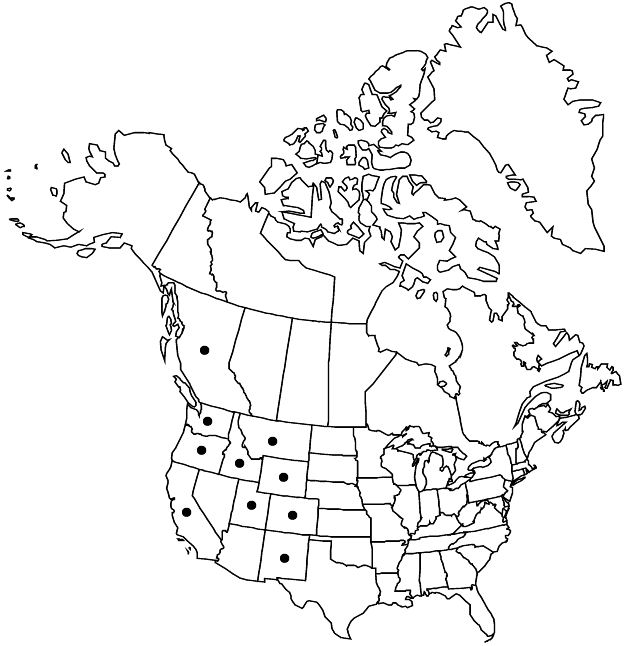Difference between revisions of "Euphorbia myrsinites"
Sp. Pl. 1: 461. 1753.
FNA>Volume Importer |
FNA>Volume Importer |
||
| Line 59: | Line 59: | ||
|publication year=1753 | |publication year=1753 | ||
|special status=Weedy;Introduced | |special status=Weedy;Introduced | ||
| − | |source xml=https://jpend@bitbucket.org/aafc-mbb/fna-data-curation.git/src/ | + | |source xml=https://jpend@bitbucket.org/aafc-mbb/fna-data-curation.git/src/f50eec43f223ca0e34566be0b046453a0960e173/coarse_grained_fna_xml/V12/V12_97.xml |
|genus=Euphorbia | |genus=Euphorbia | ||
|subgenus=Euphorbia subg. Esula | |subgenus=Euphorbia subg. Esula | ||
Revision as of 19:57, 16 December 2019
Herbs, usually perennial, occasionally biennial, with taproot. Stems erect or semiprostrate, unbranched or branched, 15–40 cm, succulent, glabrous. Leaves: petiole 0–2 mm; blade obovate, obovate-oblong, lanceolate, orbiculate, or suborbiculate, 2–30 × 3–17 mm, fleshy, base truncate or attenuate, margins entire or finely denticulate, apex acute to obtuse, cuspidate or strongly mucronate, surfaces glabrous; venation and midvein inconspicuous. Cyathial arrangement: terminal pleiochasial branches 2–12, each 1–2 times 2-branched; pleiochasial bracts similar in shape and size to distal leaves; dichasial bracts distinct, suborbiculate or reniform, base truncate, margins entire or minutely denticulate, apex obtuse, mucronulate; axillary cymose branches 0–4. Cyathia: peduncle 0.5–1 mm. Involucre campanulate, 2.4–2.6 × 2.3–2.5 mm, glabrous; glands 4, trapezoidal, 1–1.5 × 1.5–2.5 mm; horns divergent, thick, tips rounded, dilated, 0.5–0.9 mm. Staminate flowers 6–12. Pistillate flowers: ovary glabrous; styles 2.5–2.8 mm, usually unbranched. Capsules subglobose, 5–7 × 5–6 mm, unlobed; cocci rounded to subangular, smooth, glabrous; columella 4.5–5 mm. Seeds brownish to grayish, oblong, 2.8–4.5 × 2–3.2 mm, vermiculate-rugose; caruncle substipitate, trapezoidal or mushroom-shaped, 1.3–1.5 × 0.6–0.8 mm.
Phenology: Flowering and fruiting spring–summer.
Habitat: Scrub oak communities, open ground near forests, shrub-steppes.
Elevation: 0–2400 m.
Distribution

B.C., Calif., Colo., Idaho, Mont., N.Mex., Oreg., Utah, Wash., Wyo., s Europe, w Asia.
Discussion
Euphorbia myrsinites is cultivated in much of the flora area, where it can tolerate cold winters. In some areas, it can locally escape from cultivation.
Selected References
None.